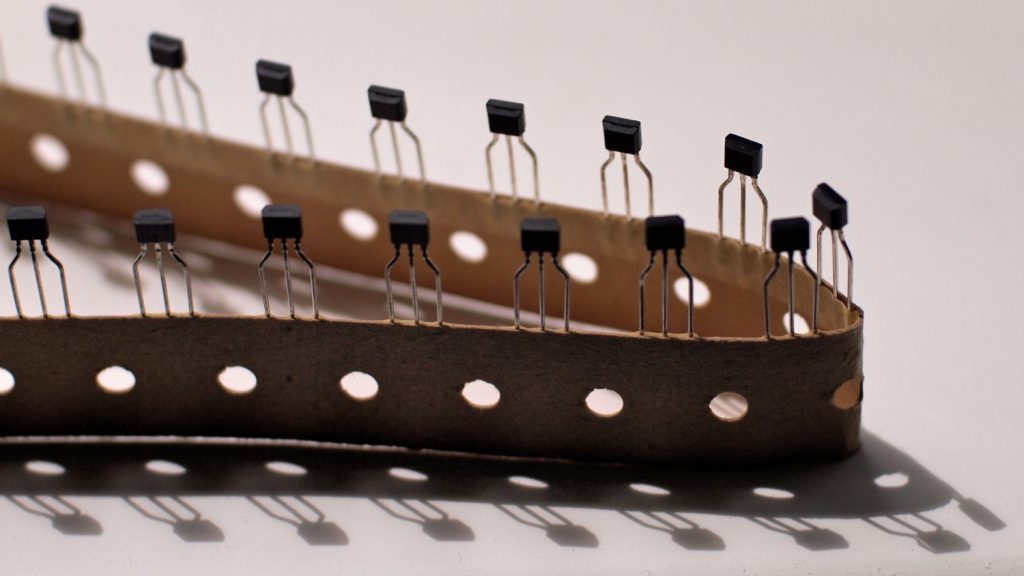What are transistors and how do they work?
The humble transistor is an extremely important part of computers and how they work. In fact, each and every computer has literally billions of transistors — a fourth-gen Intel Core processor has a whopping 1.7 billion transistors — on just the processor. But how do those transistors work? Funnily enough, you could build a computer yourself and still not understand how transistors work.
Of course, that’s why we’ve put together this guide.
An easy way to think about transistors is that they are to a processor what neurons are to our brain — little tiny switches that allow humans to think and remember events. The transistor is made of silicon, which is a chemical element found in sand, and it was invented over 50 years ago.
The basics

Paul Downey | Flickr: http://bit.ly/2iYqIHw
The basics of how a transistor works is actually pretty simple. In the vast majority of cases, a transistor does one of two things — it either works to amplify a signal, or it acts as a switch.
When a transistor is working like an amplifier, it basically takes in a tiny electrical current, and boosts that current to be a lot bigger. That’s a pretty important function, especially in the audio world — without signal amplifiers, you wouldn’t be able to hear the signal picked up by microphones, for example.
As mentioned, however, transistors also work as switches — that is, they take in a tiny electrical current, and that current causes another, larger current, to be outputted. This is the kind of transistor most commonly found in computers — since transistors can exist in one of two states, they can be turned on or off individually, and as such can function as either a 1 or a 0. With billions of transistors on a processor, those 1’s and 0’s add up to larger amounts of data. That’s why newer computers can process more data at a time — because transistors are getting smaller and smaller, so more of them can fit on a chip.
Silicon and sandwiches
Transistors, as mentioned, are made from silicon, which doesn’t naturally conduct electricity. However, if we manipulate silicon with chemical elements such as arsenic or phosphorus, the silicon has a few extra electronics, meaning that it can much more easily carry an electrical current. Because of the fact that electrons have a negative charge, silicon with this treatment is called n-type.
If you treat silicon with other elements, such as boron, electrons nearby will flow into it rather than away from it — that’s called p-type.
These two types of silicon are combined in layers, essentially allowing different kinds of electrical components to work. For example, if an n-type and a p-type are layered, electrons will flow in one side, and out the other. That’s called a diode.
Of course, you can then opt to use three layers instead of only two — essentially making silicon sandwiches. Depending on how that silicon is layered, we can either create something that will amplify a current or create a switch. Do those words sound familiar — yep, those silicon sandwiches are transistors.
Closing
Transistors can be used in a wide range of applications, and are a building block to the advancement of technology. They’re going to get smaller and smaller, too — so processors will get more and more powerful.
















